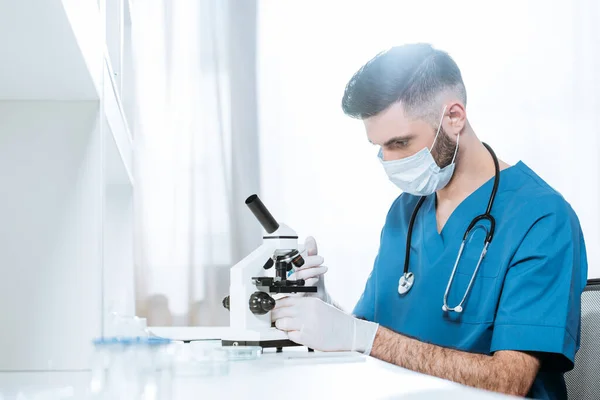
What does closure actually resemble, close to a quarter century after the world was forever altered? To thousands who were affected by the horror of September 11, the response is as complex and dynamic as the city skyline itself. With the recent discovery of three additional victims Ryan Fitzgerald, Barbara Keating, and a woman whose name is still private New York’s continued resolve to commemorate the missing is as firm as ever. These are not just moments of news they’re intensely personal, deeply emotional, and a testament to the unstoppable force of science and community.
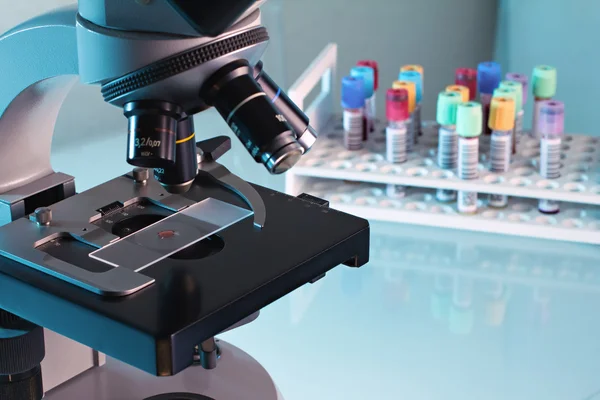
1. The Unrelenting Search for Names
The statistics are stark: 1,653 out of the 2,977 victims of 9/11 have now been identified, with around 1,100 families still awaiting answers. As Dr. Jason Graham, New York City’s chief medical examiner, put it, “Nearly 25 years after the disaster at the World Trade Center, our commitment to identify the missing and return them to their loved ones stands as strong as ever.” Each new identification is not just a technical achievement it’s a sacred promise kept, a step toward comfort for families who have waited decades for certainty.
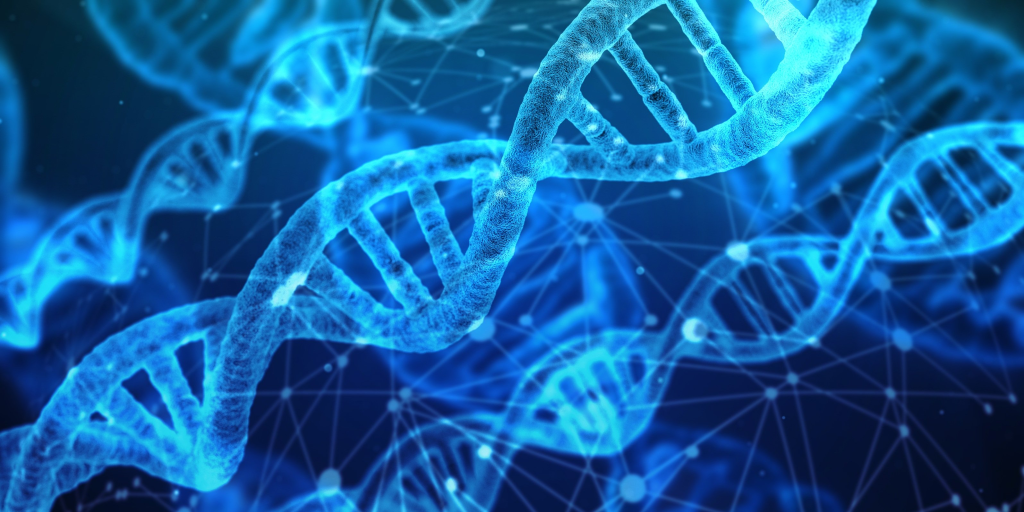
2. DNA Science: The Engine of Hope
Behind each new name is a tale of scientific ingenuity. Advanced DNA analysis and persistent family contact made it possible to identify Fitzgerald, Keating, and the unidentified woman. The task has always been daunting: remains from the World Trade Center were regularly severely damaged and broken, with conventional identification techniques virtually impossible. As one forensic analyst put it, “Here was an opportunity to contribute to a meaningful ongoing endeavor!” The creation of “miniSTR” DNA tests and improved procedures allowed even the tiniest, most deteriorated samples to provide the answers families so longingly hoped for.

3. The Emotional Burden of Identification
For families, the phone call from the medical examiner’s office is both a shock and a salve. Paul Keating, whose mother Barbara was part of the newly recognized, stated, “I think it’s stunning. They’re doing this for us. They’re doing it like they’re possessed.” The news can bring peace, as described by one mother: “He was recovered that very same day, the last day of 2001. And that was very peaceful.” It was extremely soothing to me. But identification also risks reopening old wounds, making families piece together the story of their loved one’s last days.

The process is seldom straightforward, and as one psychologist explained, “Identification may help provide closure, but it might also reopen wounds.”
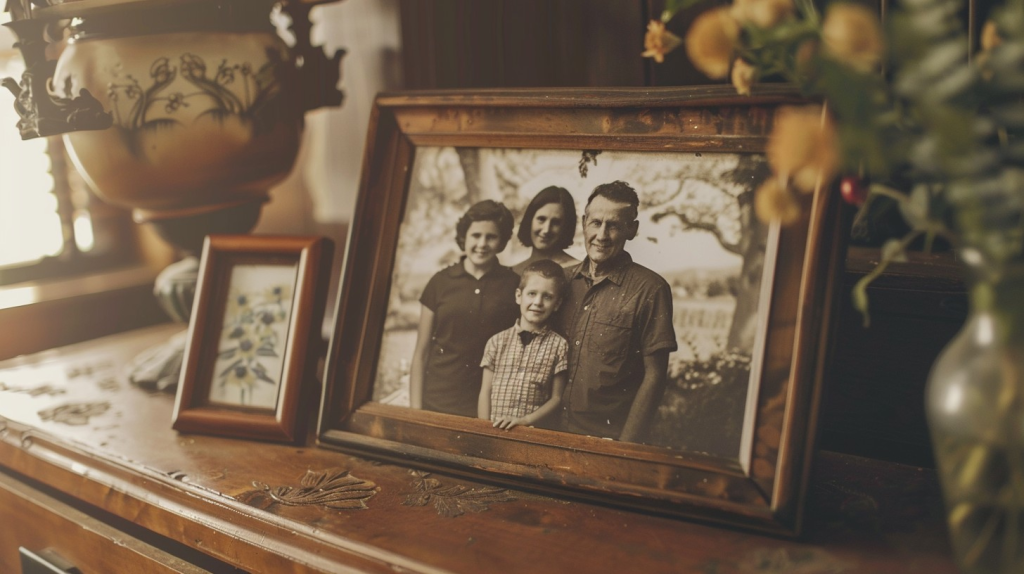
4. Ambiguous Loss and the Search for Meaning
For the 1,100 families still in limbo, the lack of remains is a special type of hurt what experts refer to as ambiguous loss. Without a body, there are no funerals or burials, and the mind can’t quite face the reality of death. As one widow explained, “And I still can’t bring him home. I still don’t have him. It’s still hard for me to kind of conceptualize it at this point.” Is he actually gone? Because I don’t have anything Zero. It’s strange.
I always imagine he’s strolling the earth. For most people, this uncertainty is a “nightmare,” and the absence of bodily certainty makes the mourning process more difficult in ways strangers might never truly understand.

5. Rituals, Memorials, and Continuing Bonds
When there are no remains, families have developed innovative means of celebrating their deceased. Some have conducted empty grave burials, putting precious items in the earth. Others have leaned upon memorials, such as the almost 3,000 names engraved at the 9/11 Memorial in New York City. These are not merely actions about closure these are actions about being able to keep a living connection. As one grieving spouse described, “It’s interesting to me how you can attach to someone who’s not even here, but it sounds weird. But it’s actually true. I would speak with him at night and tell him: ‘Listen, I met this fellow. What do you think?'” The travel is less about getting over it and more about adjusting, learning how to maintain connections in new ways.
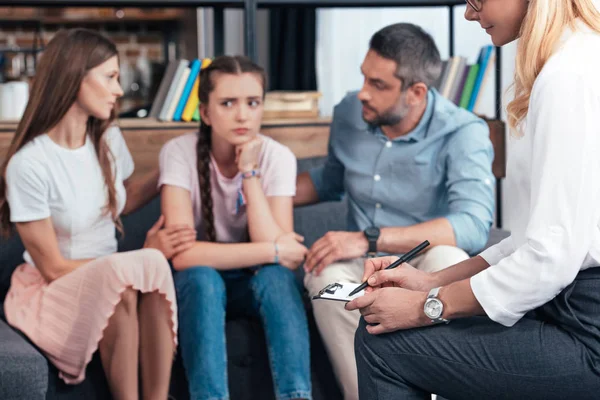
6. Community, Support, and Resilience
Recovery from mass tragedy is never an individual effort. Studies indicate that social support, peer groups, and faith communities are also crucial to recovery. “Faith, family and friends,” is a refrain repeated by many in the 9/11 community. Peer support groups, especially, are now lifelines: “I don’t know what I would have done without my peer support group. They went through the same loss, at the same moment, and it was really reassuring to be with each other.” We strolled shoulder to shoulder through the process of mourning. Still, some families are isolated, particularly those who reside far from New York, highlighting the need for continued outreach and easily accessible resources.
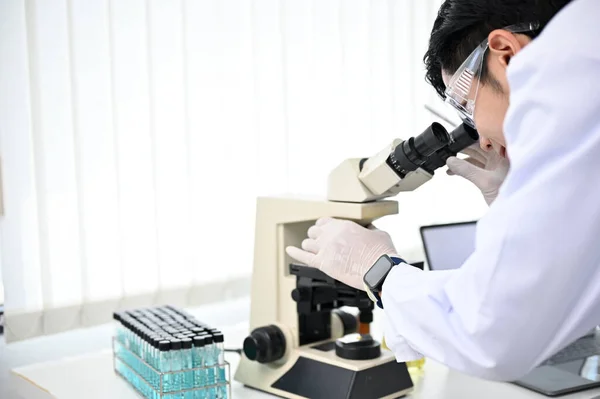
7. The Continuing Advance of Forensic Science
The technology used in these identifications is ever evolving, providing hope to families of not only the victims of 9/11 but also to those touched by other mass disasters and cold cases. Genetic genealogy, expedited DNA technology, and next-generation sequencing are now cracking mysteries previously deemed impossible to crack.
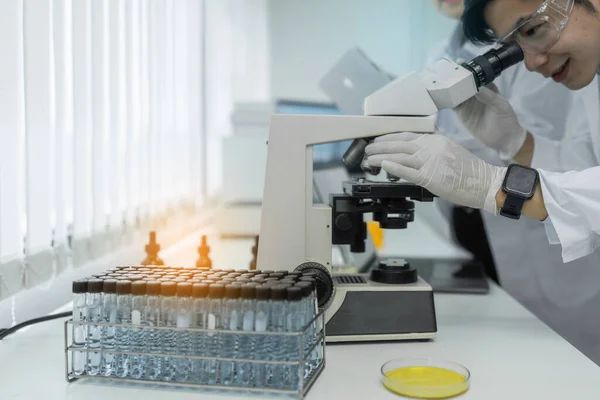
As a leading expert described it, “The power of DNA forensic science is undeniable. Whereas most cold cases go unsolved, with each new development hope is raised that justice will finally be served, however much time may have elapsed.” Lessons were learned from 9/11 to influence protocol globally, wherein every step is taken to provide answers, dignity, and comfort to those that are left behind. The path to healing since 9/11 continues, punctuated by moments of anguish, strength, and deep connection. Each new recognition is a reminder: science, compassion, and community have the power to bring light, even after the darkest of days.


